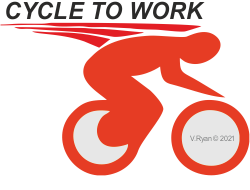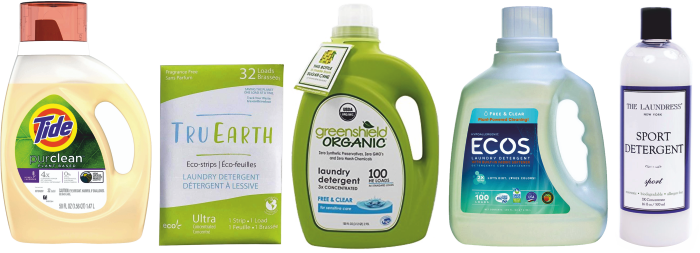V.Ryan © 2021
Rethink - when designing, consider manufacturing the product from sustainable materials.
Rethink - do you really need the product, you are thinking of buying?
Rethink your lifestyle i.e. walk instead
of driving a car, for a short journey. Turn electrical devices off, when they are not in use.

Rethink is linked to the other 6Rs, as it is all about thinking ‘green’, usually when purchasing a product. It is about asking yourself the right questions and thinking carefully about the answers:
Do I really need to buy this product?
Can it be repaired / maintained?
Is it recyclable?
Is it reusable or single use?
Can it be re-sold as ‘nearly new’, after I have used it?
Can I buy an alternative, environmentally friendly replacement, to this product?
What negative impact on the environment, is caused by this product, during its lifetime of use?
Will this product be an environmental hazard, at the end of its life-cycle - is it a bio-hazard?
Is the product manufactured in a sustainable way?

Rethink how you commute to and from work. Thousands of people rethink their transport needs and switched to cycling, every year. Recent years have seen the growth of cycling, as a preferred and healthy method of commuting / transport.
The UK Government has encouraged cycling, through its ‘Cycle to Work Scheme’, which helps with the purchase of a new bicycle. Associated with the scheme are the ‘Bikeability Training Courses’, which aim to equip new cyclists, with all the necessary road-aware skills.

A good example of this is washing powder / liquid. They tend to contain detergents, that do not entirely degrade safely, in the environment and can contaminate the water supply. Detergents are manufactured from synthetic chemical compounds.
Many people have switched to environmentally friendly alternatives. Tide Purclean is an example, with its plant based ingredients.

Rethink - when faced with Planned and Perceived Obsolescence. Be capable of recognising both of these concepts.
Planned obsolescence, is when a product has been designed to last a limited time and then fail. This means a customer has to buy a new replacement. This approach to design creates waste, which has an enormous impact on the environment. Click here for link to Planned Obsolescence.
Perceived Obsolescence is when a manufacturer persuades potential customers, to update / upgrade an existing product. This is often carried out through advertisements, that imply a customers ‘existing’ product, is old fashioned. The aim is to persuade customers to buy an unnecessary replacement / upgrade, instead of continuing to use their existing product. It creates unnecessary waste. Click here for link to Perceived Obsolescence